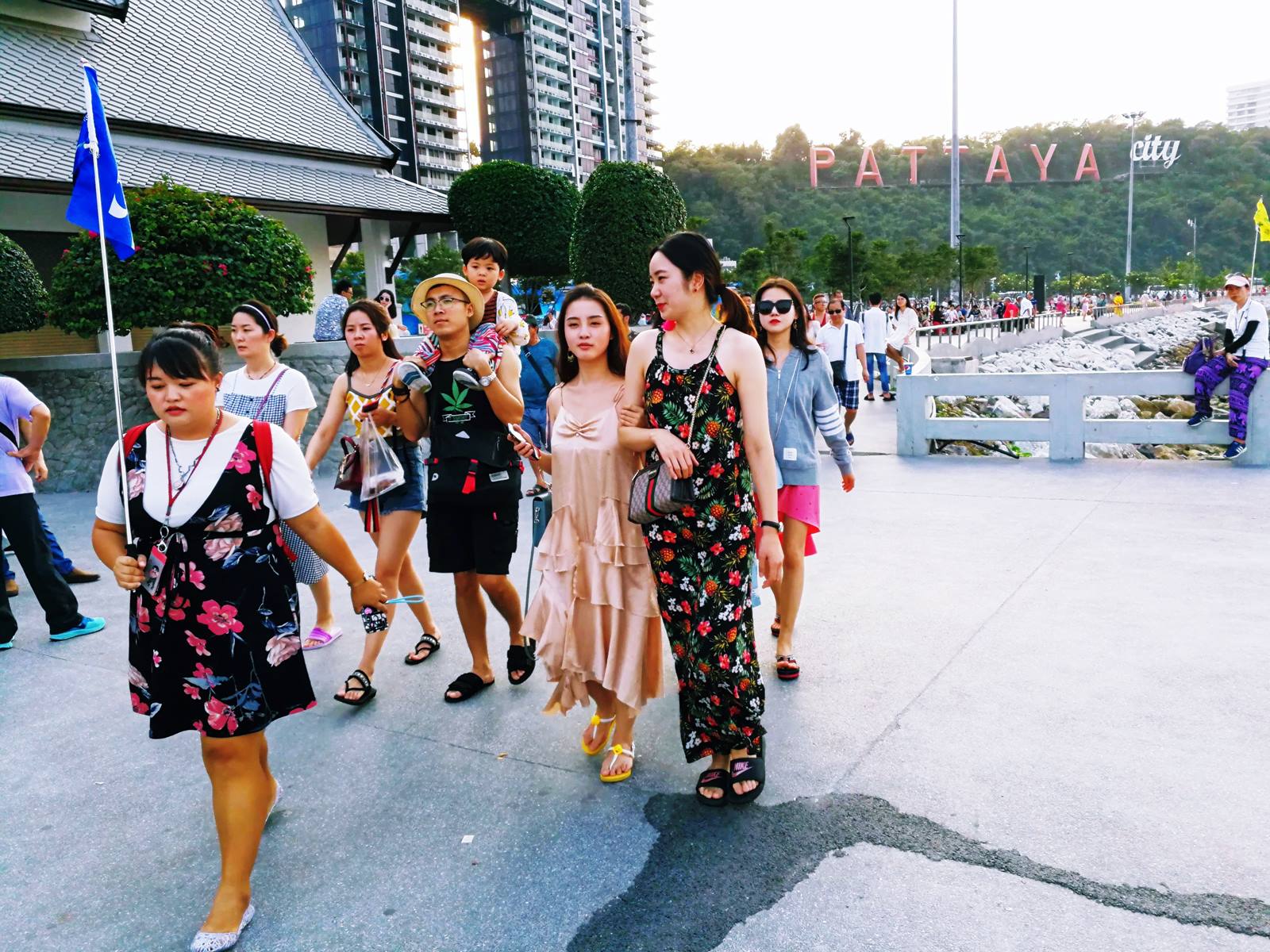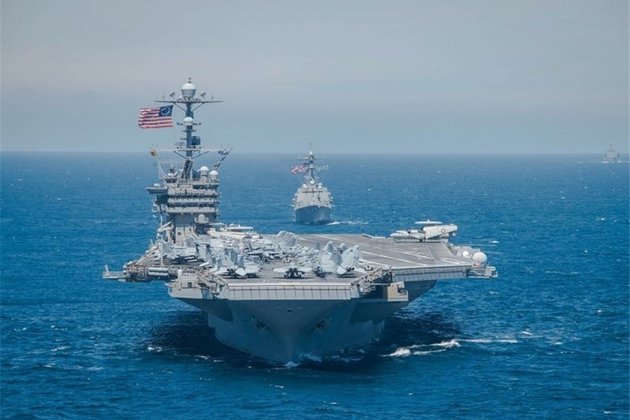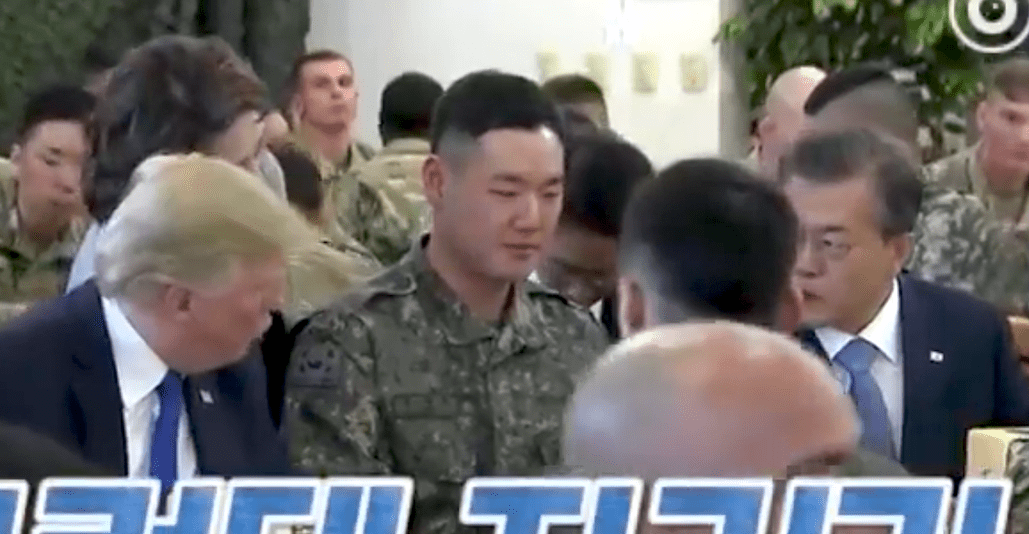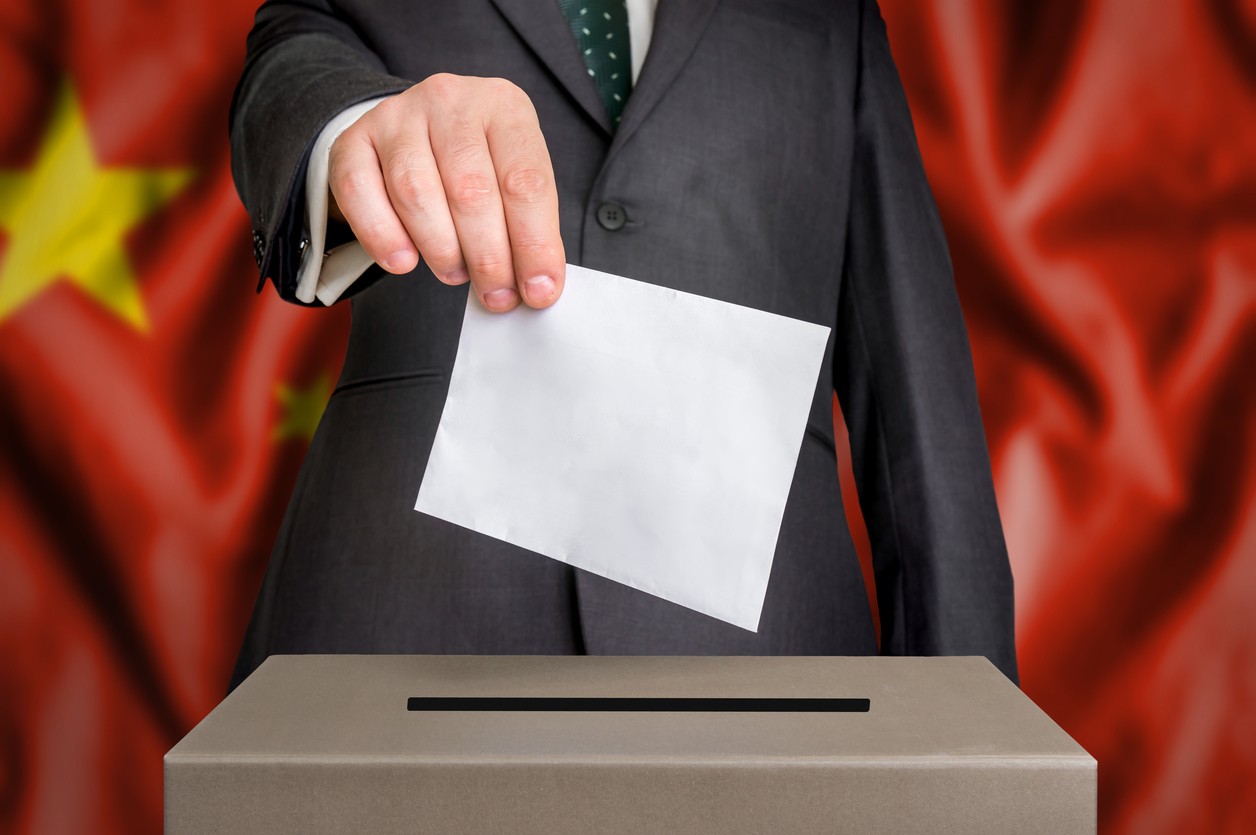Politics
How China is using tourism for geopolitical goals
The Chinese government has a degree of leverage over its tourists that other governments do not enjoy. Many Chinese tourists are new to international tourism and have limited international language abilities

Decades of astonishing economic growth have given China new tools for extending its influence abroad and achieving its political goals.
Some of these tools are inducements, including Belt and Road Initiative projects and new development financial institutions.
But China has demonstrated that it will use its new economic leverage in pursuit of political goals unrelated to economic exchange, swiftly shifting inducements to punishments. One example lies in the field of tourism.
Two factors make regulating tourist flows tempting for Chinese policymakers: the size of its international tourism industry and the control China can still exercise over outward tourism. But whether tourism has been an effective political tool is debated.
China has quickly become the largest international tourist sender country in the world. Over the last two decades, the number of Chinese overseas travellers rose by over 25 times from 5.3 million in 1997 to 130 million in 2017. In the latter year, Chinese tourists contributed an estimated US$250 billion to overseas economies, double the figure for US tourists and triple that of Germany.
The Chinese government has a degree of leverage over its tourists that other governments do not enjoy. Many Chinese tourists are new to international tourism and have limited international language abilities. There is still a strong desire for comfort-zone or group tourism — approximately 38 per cent of outbound Chinese tourists are on group tours. China also has licensing and other forms of formal and informal leverage over tour group operators.
The most rudimentary Chinese lever for rewarding other governments with increased Chinese tourist numbers is to grant countries ‘Approved Destination Status’. This allows group tourism to that country and can increase the number of Chinese tourists by an average of 50 per cent.
Since the Chinese government has stronger regulatory power over tour agencies than most governments, it can also seek to influence foreign behaviour by curtailing such tours. China’s three largest licensed tourist agencies by revenue are all state-owned and only 8 per cent of its 25,000 licensed travel agencies are authorised to offer international travel. Foreign agencies are not permitted to provide outward bound travel services for Chinese nationals.
Foreign countries struggle to retaliate. There are often far more Chinese tourists going to their country than the other way around, a significant change in recent years. Many of the countries that China has used tourist sanctions with are democracies where individuals enjoy robust personal freedoms, including the freedom to travel.
China’s large number of outbound tourists and strong regulatory power make tourism seem like an ideal political tool. Turkey became the first victim of China’s use of tourist sanctions in 2000 when it refused to allow a Soviet-built Ukrainian ship that China had purchased to be the basis of its first aircraft carrier to pass through the Bosphorus. China restricted outbound tourists to the country, pressuring Turkey to relent.
Most recently, the Chinese government is using mainland tourists as a lever against Taiwan’s government. In 2016, restricting tourist flows was one way that Beijing showed its annoyance at Tsai Ing-wen’s foreign and defence policies. In February 2018, Beijing cut hundreds of direct flights to Taiwan at the peak travel time during the Lunar New Year. In July 2019, it barred its citizens from 47 mainland cities from travel to Taiwan except on group tours. This move is widely seen as an effort to dim Tsai’s re-election prospects.
But the utilisation of tourism for geopolitical goals has had varying levels of success. In 2012–13 during a period of increased tensions over the Senkaku/Diaoyu Islands, China attempted to manipulate tourist flows to influence Japan’s behaviour. Despite tourism dropping by 24 per cent, there was no noticeable impact on Japanese policy.
Similarly, in 2017 China’s response to the deployment of the THAAD missile defence system in South Korea resulted in cutting Chinese tourist numbers from over 7 million in 2016 to 3 million in 2017. But this did not stop the South Korean government from deploying THAAD.
The manipulation of tourism can cut two ways. The impact abroad can anger the citizens of foreign countries and their tourist industries as a whole, including those who are positively disposed to Beijing.
In Japan, South Korea and Taiwan it certainly soured public and governmental attitudes towards China. It may also be welcomed by some of their citizens who chafe at the large number of Chinese tourists coming to their countries.
Tourist sanctions can also be harmful to China’s tourist industry. Sudden changes to travel plans for reasons people do not understand or appreciate present difficulties in squaring such autocratic government controls with emerging middle-class attitudes.
There is a trend of increasing solo travelling, particularly among Chinese millennials. This will only increase as people become more accustomed to travelling abroad. It will become increasingly more difficult for China to pressure and constrain international tourist flows.
Chinese tourist numbers will be affected by fluctuations in the Chinese economy, the ease or lack of ease when it comes to taking funds out of China and Chinese perceptions of whether or not tourists are subject to harassment while travelling to certain countries. It seems though that outright government meddling in pursuit of political goals may decline if it is seen as counterproductive to political goals or domestically unpopular.
Anu Anwar is a Research Fellow at the Asia-Pacific Center for Security Studies (APCSS), Hawaii. He is also an Affiliate Scholar at the East-West Center and a Visiting Scholar at the Institute for Advanced Studies on Asia, the University of Tokyo.
How China is using tourists to realise its geopolitical goals | East Asia Forum
Politics
US Navy Carrier Conducts Exercises in South China Sea

TEHRAN (Tasnim) – A US Navy aircraft carrier conducted exercises in the contested South China Sea on Friday, the US navy said in a statement. –
A strike group led by the USS Ronald Reagan conducted flight operations and high-end maritime stability operations and exercises, the statement said, Reuters reported.”Integration with our joint partners is essential to ensuring joint force responsiveness and lethality, and maintaining a free and open Indo-Pacific,” US Navy Commander Joshua Fagan, Task Force 70 air operations officer aboard USS Ronald Reagan, was quoted as saying.The drill comes amid heightened tensions between the United States and China.
Washington has criticized Beijing over its novel coronavirus response and accuses it of taking advantage of the pandemic to push territorial claims in the South China Sea and elsewhere.The United States has long opposed China’s expansive territorial claims in the South China Sea and has sent warships regularly through the strategic waterway.China has objected to such exercises and said the US rejection of its claims in the South China Sea has raised tension and undermined stability in the region.China claims nine tenths of the resource-rich South China Sea, through which some $3 trillion of trade passes a year. Brunei, Malaysia, the Philippines, Taiwan and Vietnam have competing claims.
Politics
Some poor guy had to sit between Trump and South Korea’s president for a ‘casual’ meal

On Tuesday, U.S. president Donald Trump stopped by military base Camp Humphreys for lunch, during his official visit to South Korea.
(more…)China
The Most Powerful Chinese Leader of the “New Era”, Xi Jinping Pursues Chinese Dream

At the close of the 19th National Congress of the Communist Party of China during October 18-24, Xi Jinping continued the second term of his presidency flanked by another six members of the new Politburo Standing Committee. (more…)






